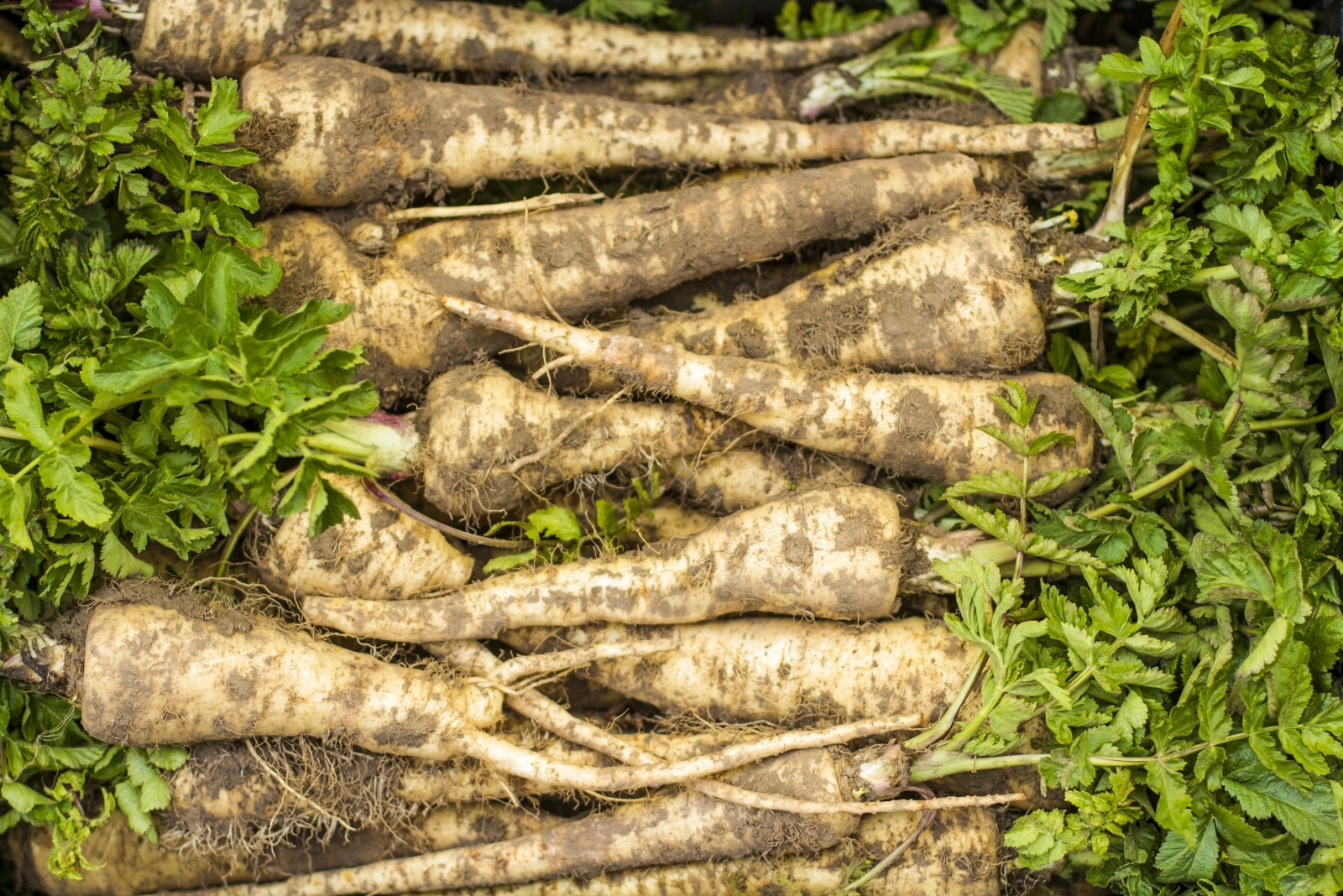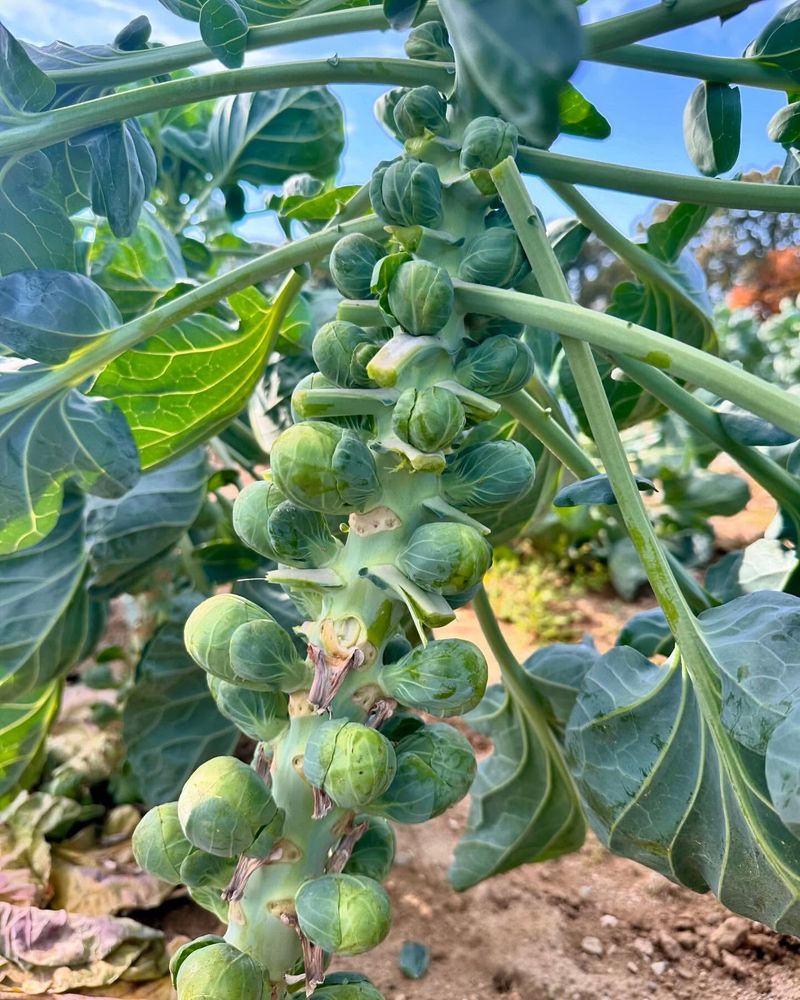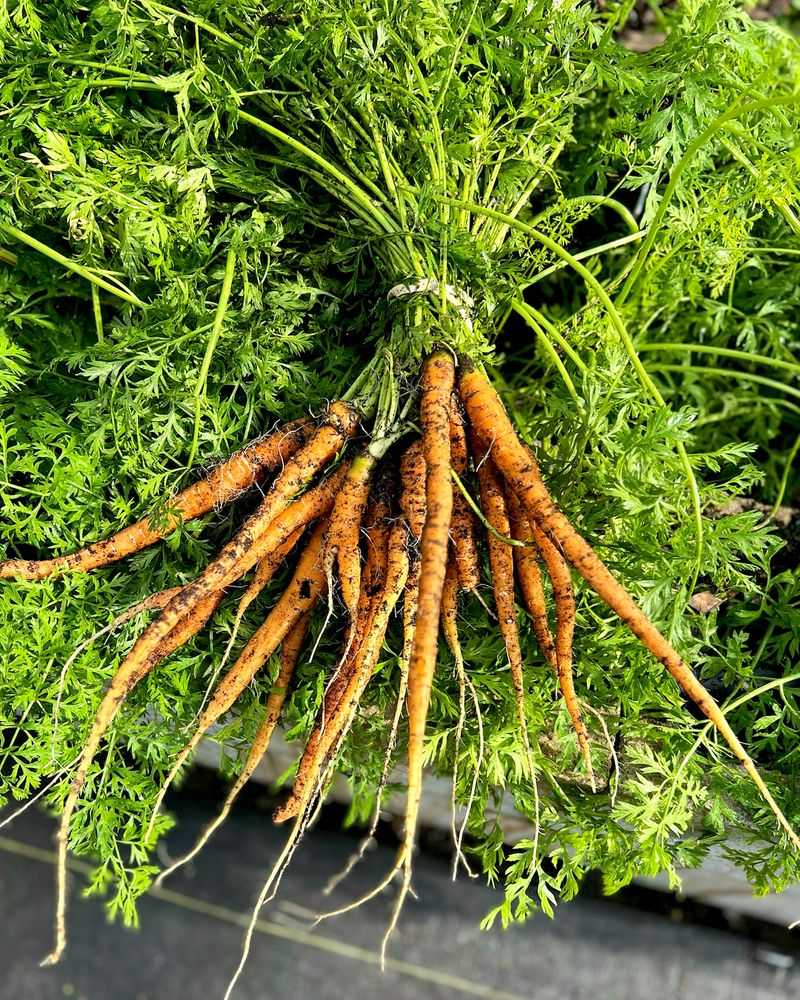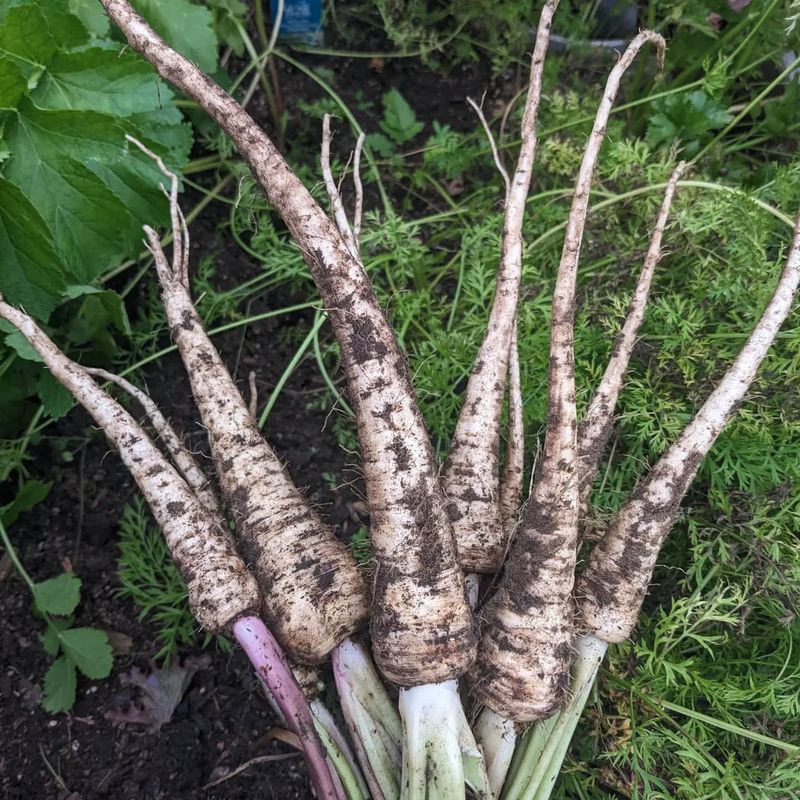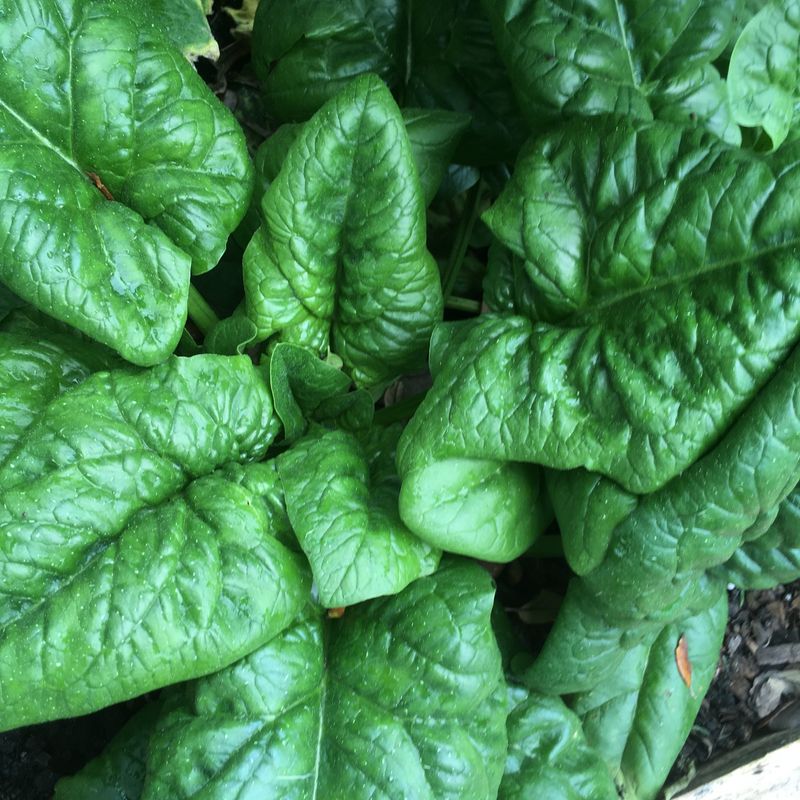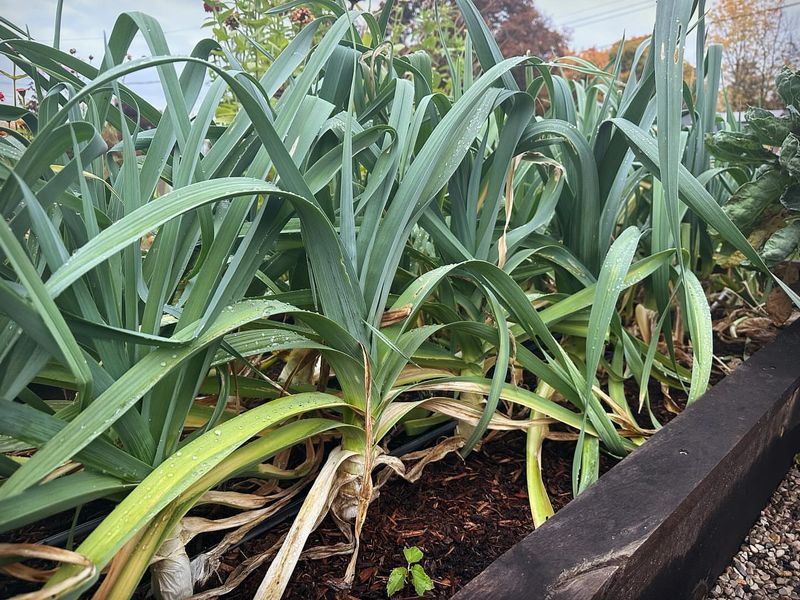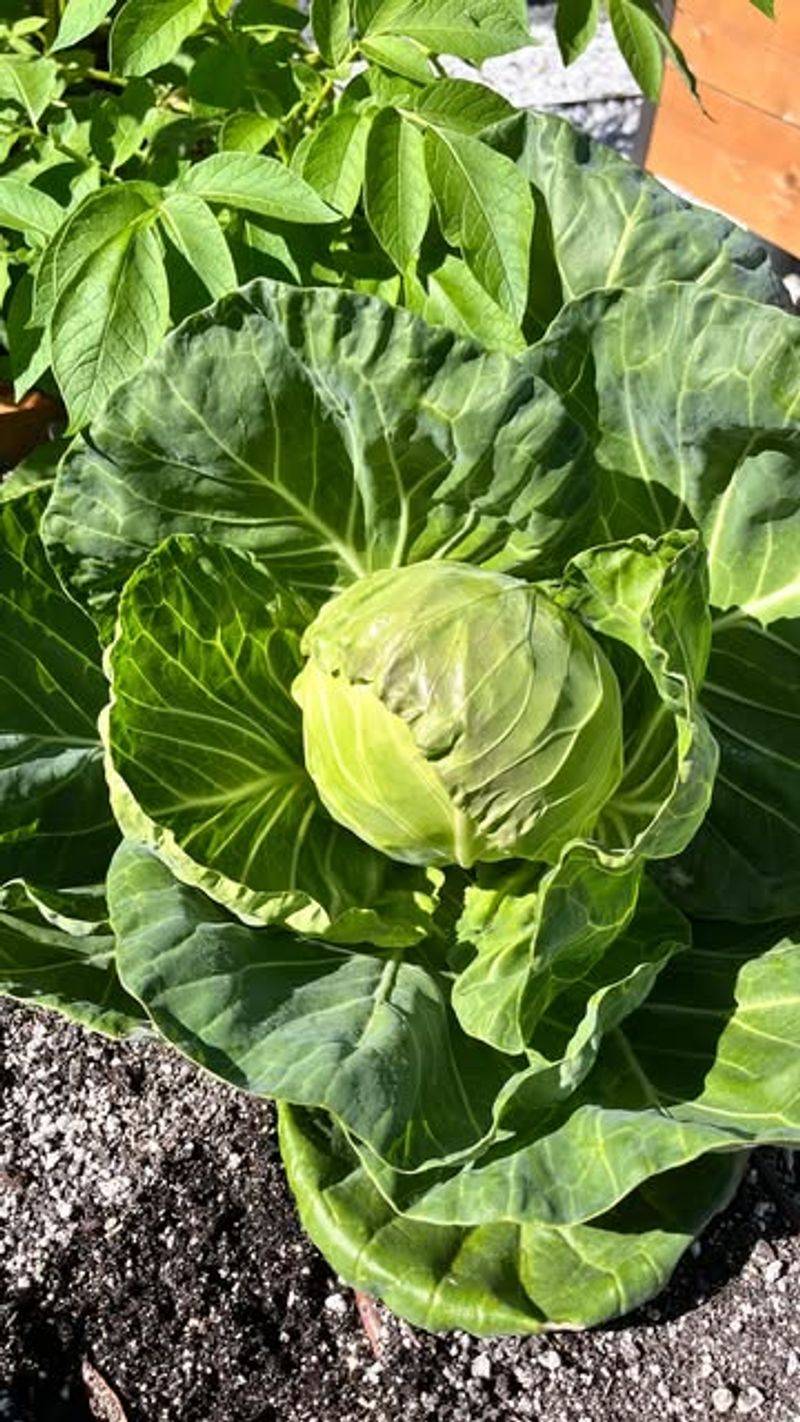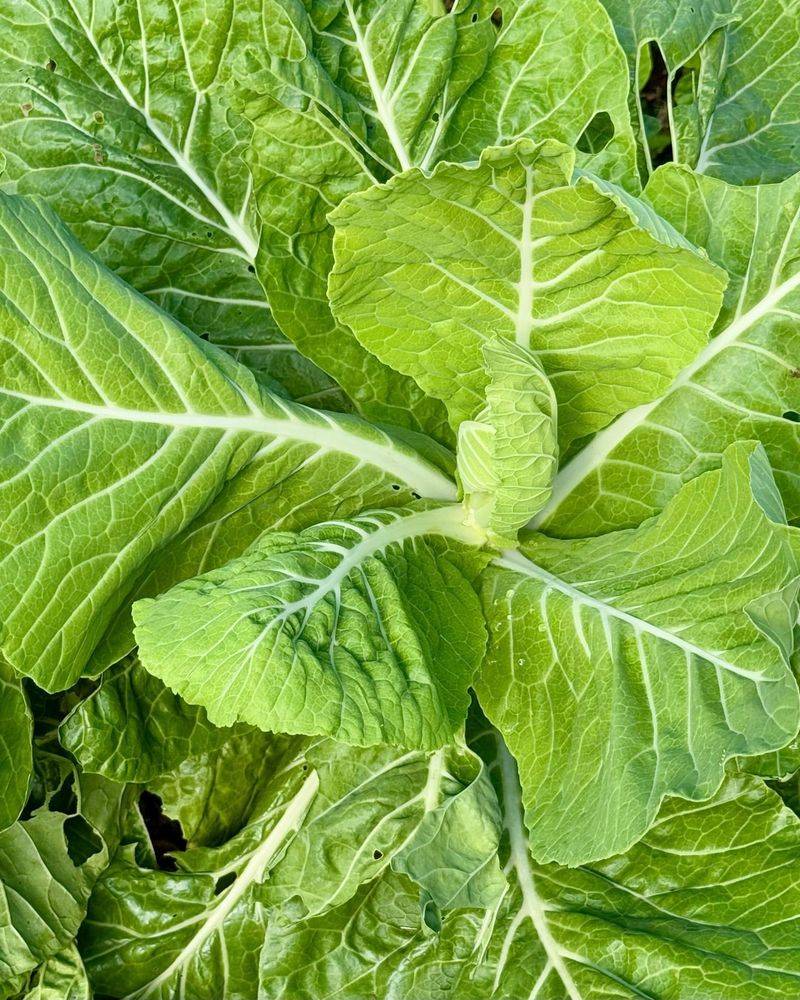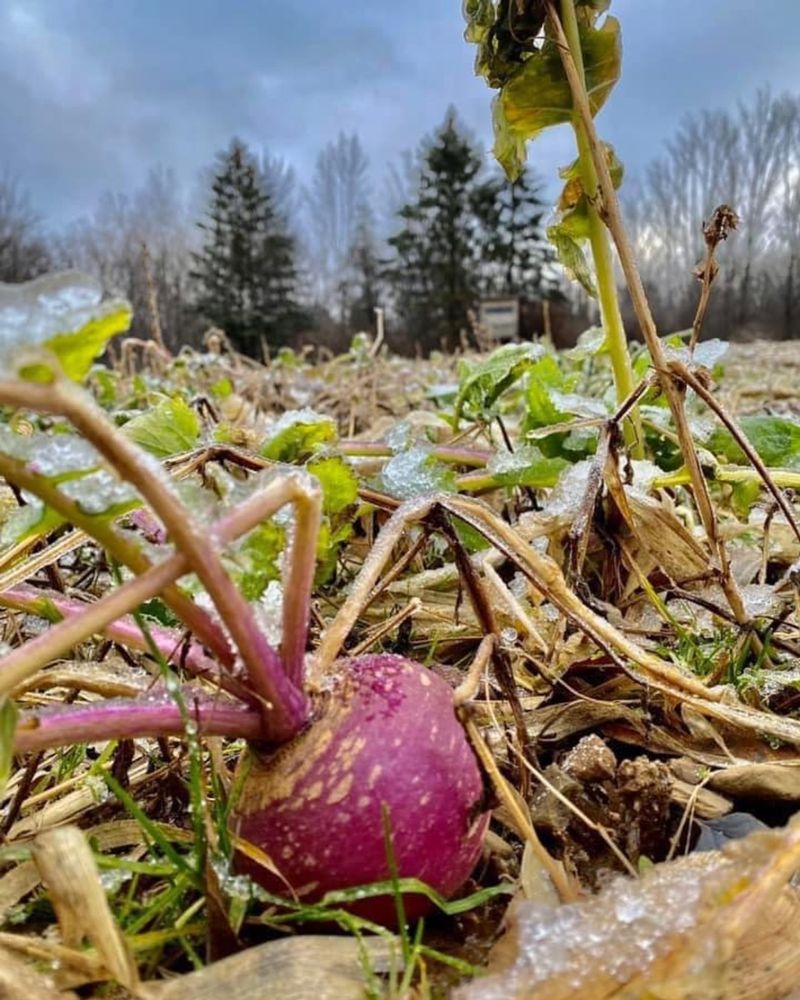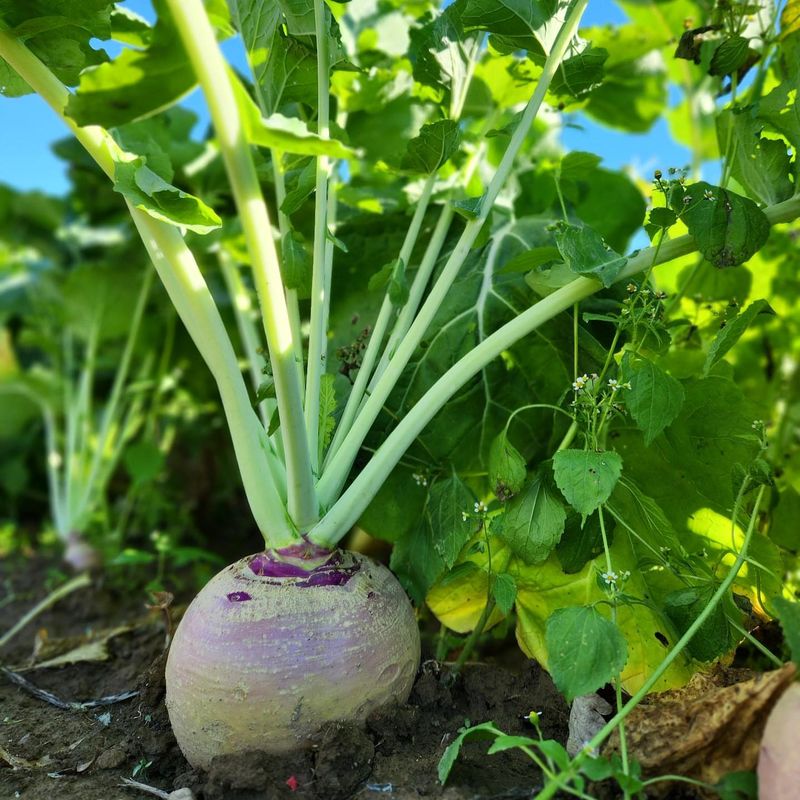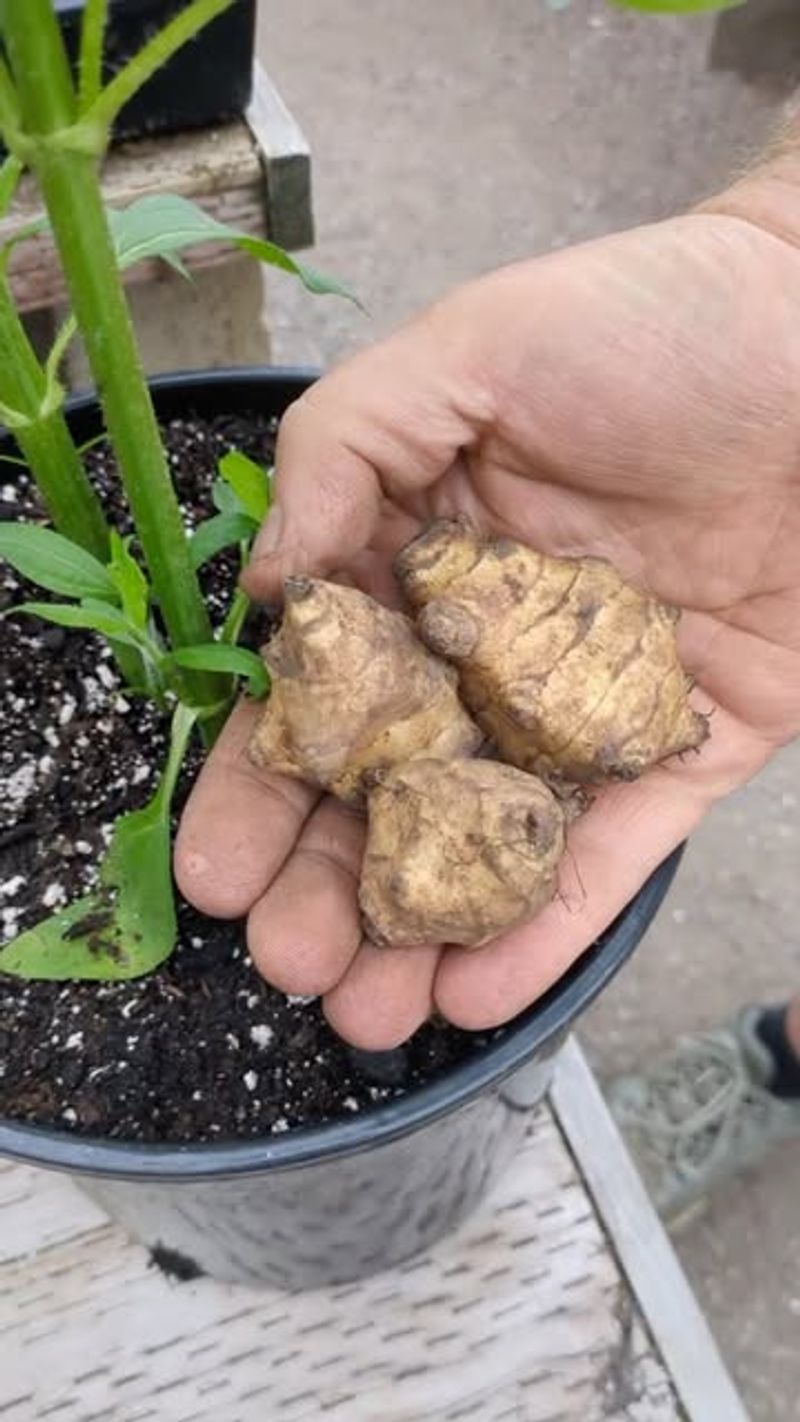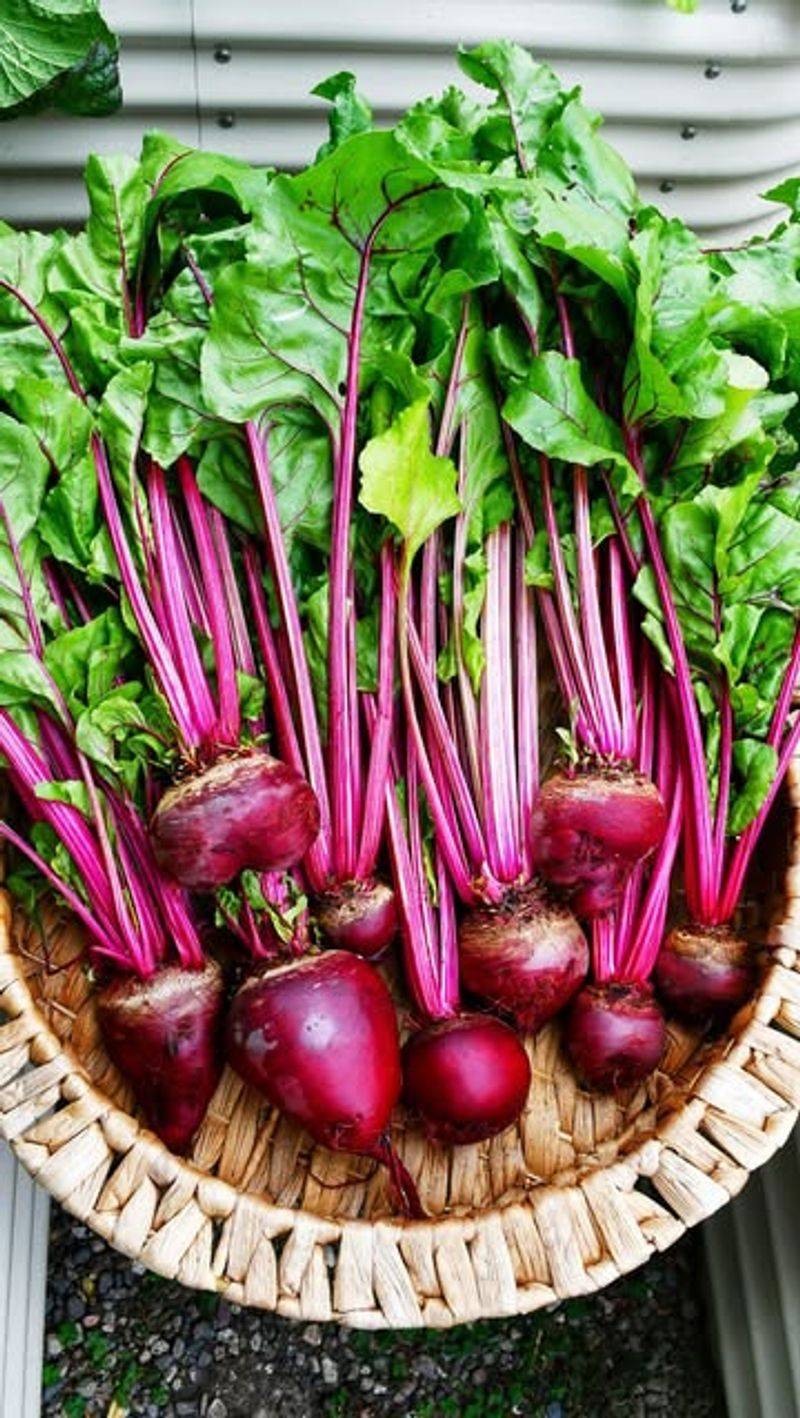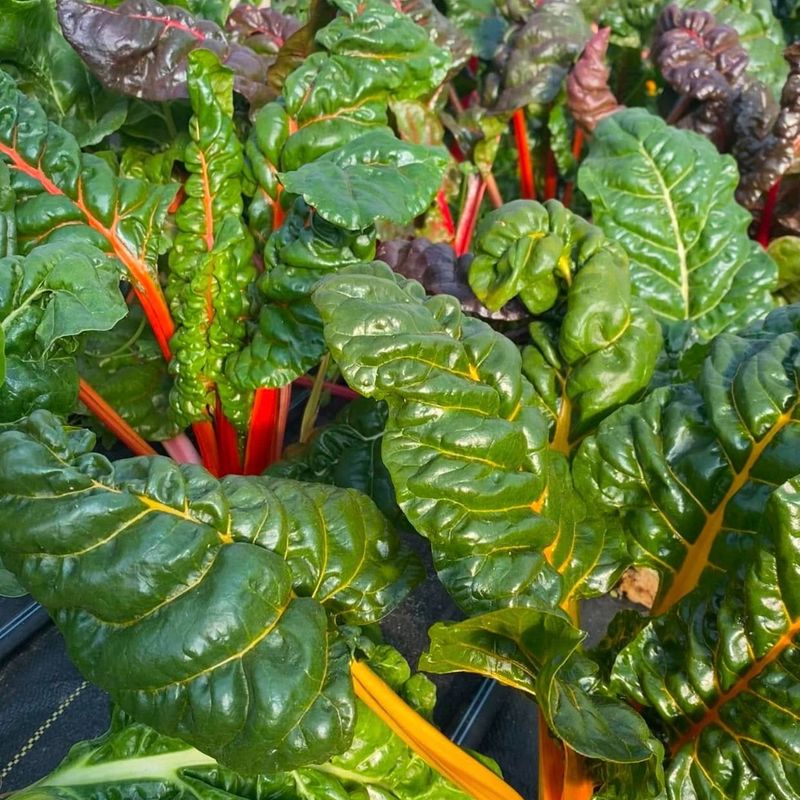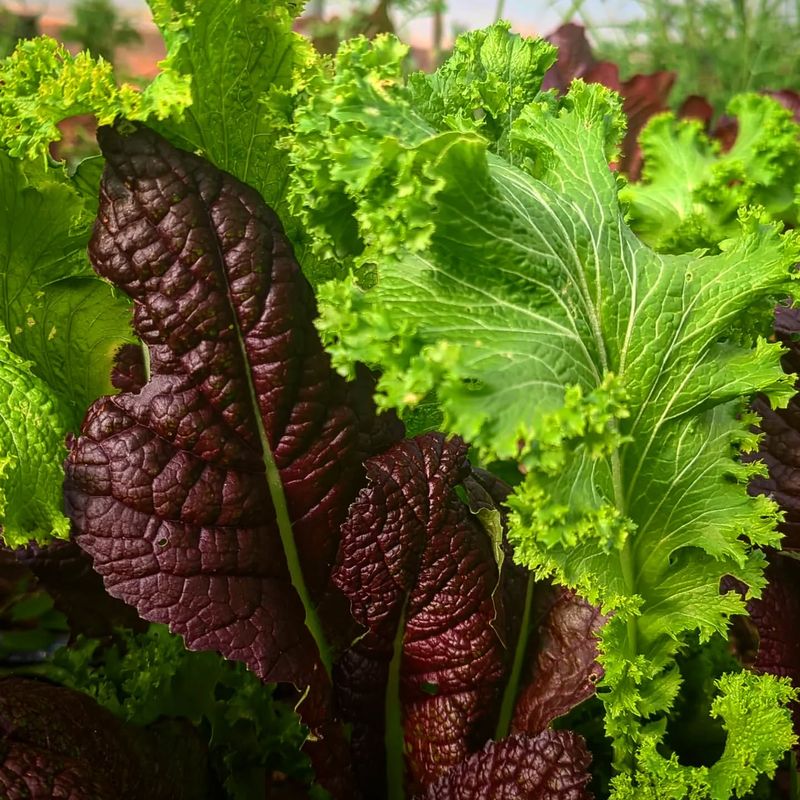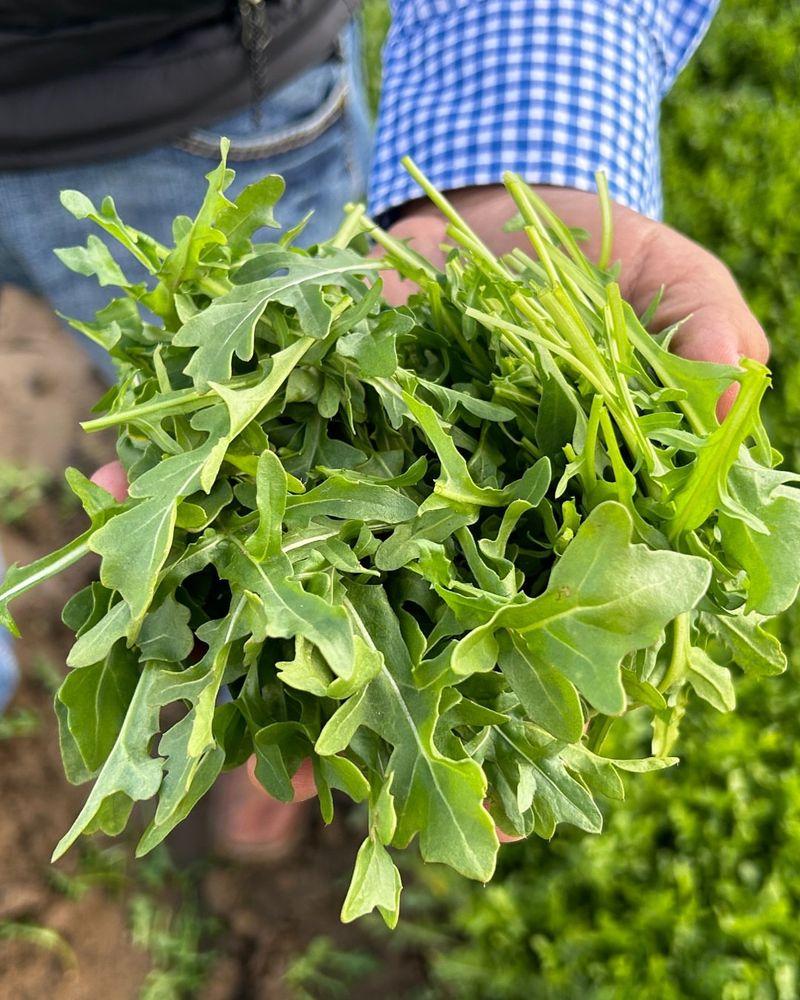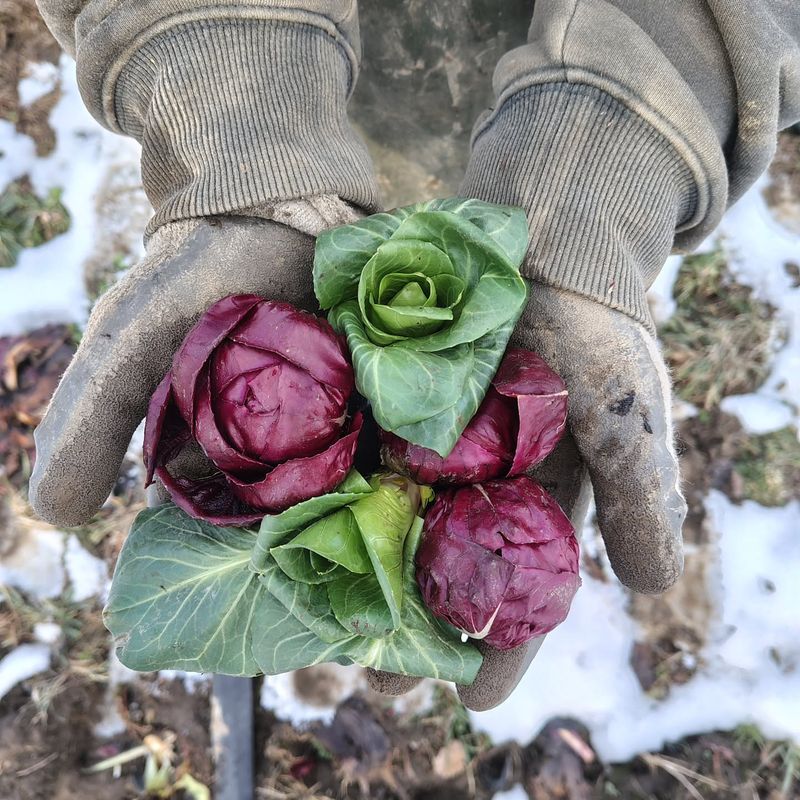Wisconsin winters can be harsh, but they bring a surprising bonus for certain crops. I’ve noticed that some vegetables actually develop sweeter, richer flavors once kissed by frost.
Planting the right varieties means you can enjoy a garden harvest well into the chilly months. It’s fascinating to watch the transformation as cold temperatures enhance taste and texture.
These hardy crops turn frosty days into a delicious reason to keep gardening.
1. Kale
After that first Wisconsin frost hits, kale transforms from merely nutritious to genuinely delicious. The cold triggers sugar production that counteracts the leafy green’s natural bitterness.
Many gardeners in the Badger State leave their kale standing until temperatures dip into the 20s, harvesting sweeter, more tender leaves throughout early winter.
2. Brussels Sprouts
Frost works like a culinary magician on these mini cabbages, transforming them from sometimes bitter to surprisingly sweet. Wisconsin gardeners often wait until after several light frosts to harvest their best-tasting crop.
The cold temperatures break down the vegetable’s cell walls and convert starches to sugars, creating a nutty sweetness that even Brussels sprout skeptics find appealing.
3. Carrots
Cold weather triggers these orange roots to stockpile sugar as natural antifreeze. Wisconsin gardeners often leave carrots in the ground well into November or even December for the sweetest harvest.
Mulching heavily with straw allows continued harvesting throughout winter in many parts of the state. The flavor difference between summer and frost-kissed carrots is remarkable – like comparing candy to plain vegetables.
4. Parsnips
Few vegetables demonstrate the magic of frost better than parsnips. These pale cousins to carrots need at least two weeks of cold to develop their characteristic sweet, nutty flavor.
Wisconsin gardeners know patience pays off – parsnips planted in spring and harvested after fall frosts will taste completely different from summer-harvested ones. Some locals even leave them in the ground until spring thaw for maximum sweetness.
5. Spinach
Wisconsin gardeners treasure winter spinach for its remarkable sweetness after frost exposure. The cold causes these leafy greens to produce sugars that act as natural antifreeze in their cells.
Many experienced growers in the Badger State plant spinach in late summer specifically for fall and early winter harvests. With proper row covers, some varieties can survive temperatures down to 15°F while becoming increasingly tender and sweet.
6. Leeks
Frost transforms leeks from merely aromatic to genuinely sweet. These hardy alliums stand tall through Wisconsin’s early winter frosts, developing a mellower, more complex flavor profile.
Many gardeners throughout the state purposely leave their leeks in the ground well into December. The conversion of starches to sugars creates a caramelized quality when cooked that summer-harvested leeks simply can’t match.
7. Cabbage
Wisconsin’s cabbage crops develop remarkable sweetness after exposure to frost. The cold temperatures trigger the conversion of starches to simple sugars, reducing the sulfurous compounds that give summer cabbage its strong flavor.
Many gardeners in the Badger State specifically time their cabbage plantings for fall harvest after the first light frosts. The resulting heads make sauerkraut and coleslaw that taste notably better than those made with summer cabbage.
8. Collard Greens
These southern favorites actually reach their peak flavor in Wisconsin’s cold weather. After frost exposure, collards develop a sweeter, more complex taste while maintaining their hearty texture.
Wisconsin gardeners often report that post-frost collards require less cooking time and develop a more nuanced flavor. The conversion of starches to sugars creates a natural balance to the greens’ characteristic earthiness.
9. Turnips
Wisconsin gardeners know that turnips transform after frost from somewhat bitter roots to surprisingly sweet vegetables. The cold triggers sugar production that mellows the characteristic sharpness these roots are known for.
Many Badger State growers plant turnips in late summer specifically for fall and early winter harvests. Both the roots and greens become sweeter after frost exposure, making them more versatile in the kitchen.
10. Rutabagas
Frost works wonders on rutabagas, transforming them from waxy and bitter to mellow and sweet. Wisconsin’s cold climate is perfect for developing the best flavor in these often-overlooked root vegetables.
Many gardeners throughout the Badger State specifically wait until after several frosts to harvest. The starches convert to sugars, creating a nutty sweetness that makes rutabagas shine in soups, stews, and roasted vegetable medleys.
11. Jerusalem Artichokes
These knobby tubers develop a remarkable nutty sweetness after Wisconsin’s first frosts hit. Also called sunchokes, they convert their starch reserves to inulin, which creates a surprisingly sweet flavor profile.
Many Wisconsin gardeners leave these native perennials in the ground until needed throughout winter. The Badger State’s cold temperatures improve not only their flavor but also their digestibility, making them a treasured winter vegetable.
12. Beets
Wisconsin’s cold temperatures transform beets from earthy to candy-sweet. The frost triggers these colorful roots to produce more sugars, intensifying both their sweetness and their characteristic ruby color.
Many gardeners across the Badger State leave beets in the ground well into November. With proper mulching, they can be harvested throughout early winter, with each frost making them sweeter and more tender.
13. Swiss Chard
After frost touches Wisconsin gardens, Swiss chard develops a remarkable sweetness while maintaining its tender texture. The cold causes these colorful greens to produce sugars that counteract their natural bitterness.
Many gardeners throughout the Badger State continue harvesting chard well into November and December. With minimal protection, these hardy greens often survive temperatures into the 20s while becoming increasingly sweet and flavorful.
14. Mustard Greens
Wisconsin’s first frosts transform mustard greens from fiery to mild and sweet. The cold temperatures trigger these spicy leaves to produce sugars that beautifully balance their natural peppery bite.
Many gardeners across the Badger State specifically time plantings for fall harvest. The resulting frost-kissed greens require less cooking and develop a complex flavor that summer-harvested mustard greens simply can’t match.
15. Arugula
Wisconsin’s cold snaps transform arugula from aggressively peppery to pleasantly nutty with just a hint of spice. The frost causes these tender greens to produce sugars that beautifully balance their characteristic bite.
Many gardeners throughout the Badger State specifically plant late-season arugula for this transformed flavor profile. With minimal protection, cold-weather arugula often continues producing well into December with increasingly complex and mellow flavors.
16. Radicchio
Wisconsin’s frosty temperatures transform radicchio from intensely bitter to remarkably sweet. The cold triggers these ruby-red heads to convert starches to sugars, creating a perfect balance of bitter and sweet.
Many gardeners across the Badger State specifically time plantings for fall harvest after light frosts. The resulting heads develop a complex flavor and striking color that makes them stars in winter salads and roasted vegetable dishes.

